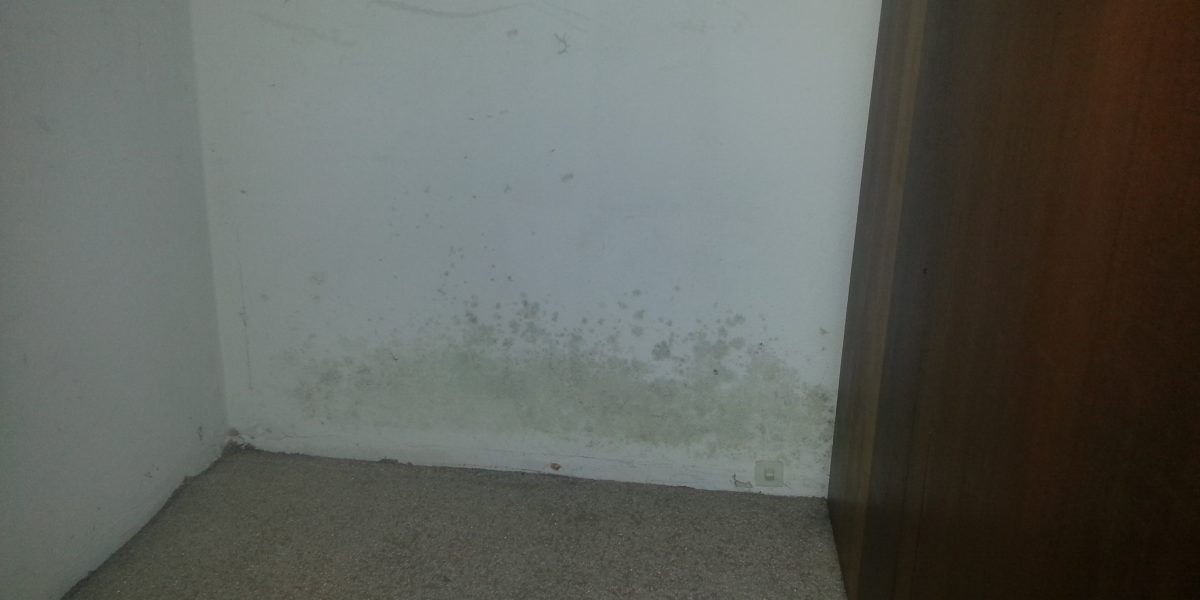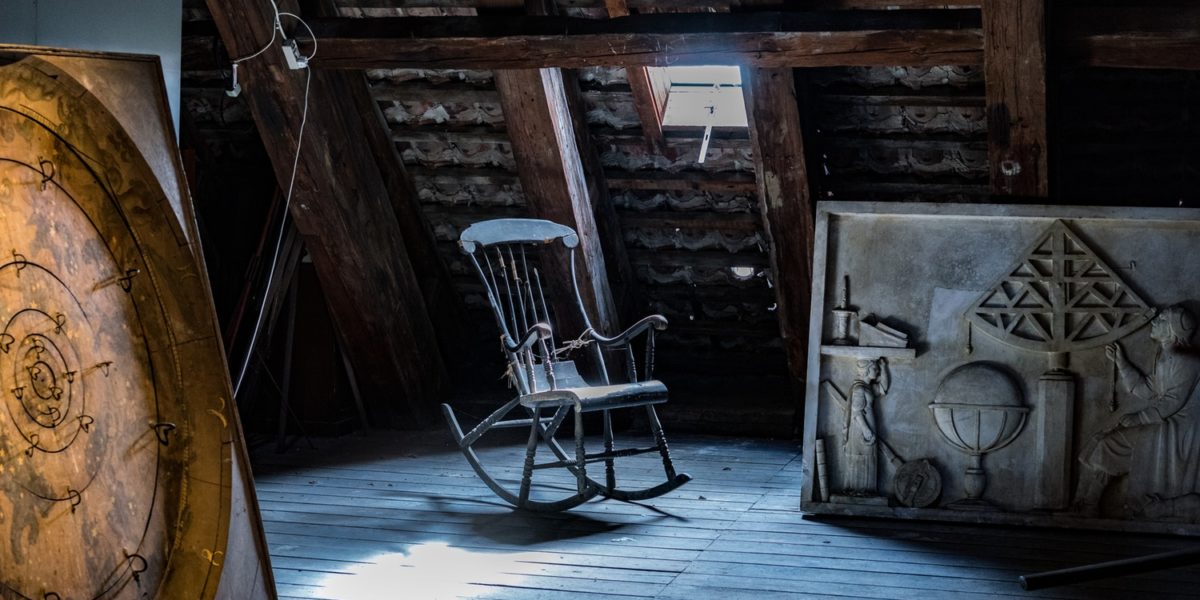Mold Inspection and Testing
Winter Mold Prevention
Mold thrives in wet climates. If your home is getting excessive moisture this winter, put some of these winter mold prevention best practices into action.
Mold in Your Everyday Life: What You Need to Know
Mold is prevalent in homes, school, and workplaces in the Pacific Northwest. Here’s what you need know about mold prevention and some warning signs that mold may be present.
The Essential Checklist for Office Building Inspections
Is your space ready for Spring? From mold prevention to HVAC maintenance and more, use this checklist to find out.
Understanding the Environmental Relative Moldiness Index (ERMI) Test
The Environmental Relative Moldiness Index (ERMI) is means of measuring mold in your home. Here’s why Hawk Environmental does not use this method.
Can I Test My Indoor Air Quality Myself?
Do-It-Yourself solutions can be tempting in many cases. Here are some thoughts on whether or not you can DIY your indoor air quality testing.
Indoor Air Quality Testing for Carbon Dioxide
High levels of carbon dioxide can be toxic to your health. Here’s what you need to know about air quality testing for carbon dioxide.
Seattle Mold Testing: Types of Mold & Important Facts
Mold and fungus growth in your home can cause serious health problems, in addition to affecting your overall indoor air quality. According to the Washington State Department of Health, some molds have mycotoxins, which can have harmful effects on your health. “When people are exposed to high levels of mold mycotoxins they may suffer toxic effects, including fatigue, nausea, headaches,
Moisture Testing For Concrete Floors
Hawk Environmental Services, Inc performs moisture testing on concrete slabs to determine if the flooring is suitable for the installation of new vinyl flooring, laminate flooring, or carpeting. It is recommended that concrete slabs be tested for their total concrete vapor emissions prior to the installation of new floor coverings. Knowing the actual amount of water that is passing through
It Might NOT Be Mold – Why Full Air Quality Testing Is Smart
When people think of poor air quality, mold is often blamed as the cause. While mold certainly could be making your indoor air quality toxic, it is not the only source. In fact, there are several other factors that could be affecting your home air quality, so you should get a full air quality test done instead of just a
Attic Mold in Issaquah Caused by Insufficient Ventilation – A Case Study
One of the most common areas to find mold growth in the greater Seattle area is on the roof sheathing in the attic. Home owners rarely have a need to go into their attics to inspect for mold and moisture, and these issues often arise when the home is listed for sale. The buyer’s home inspector then enters the attic









